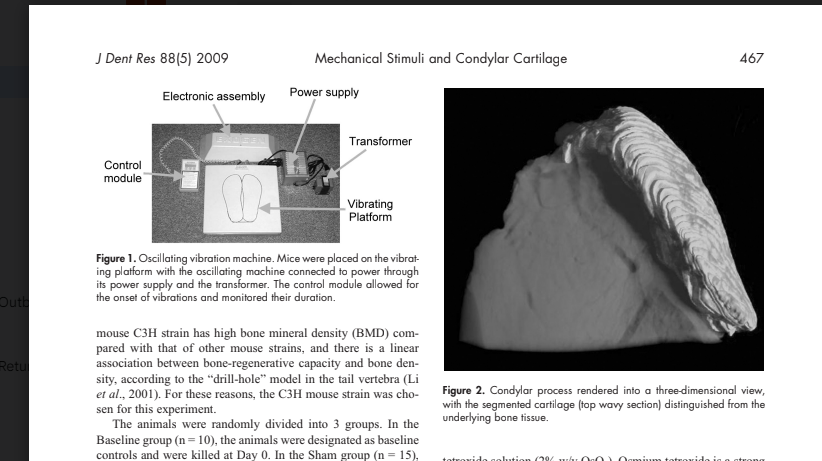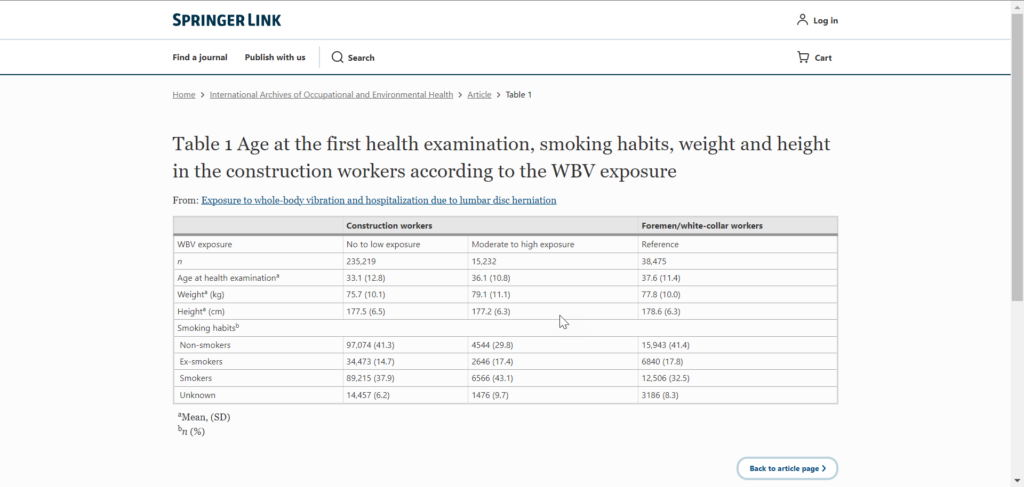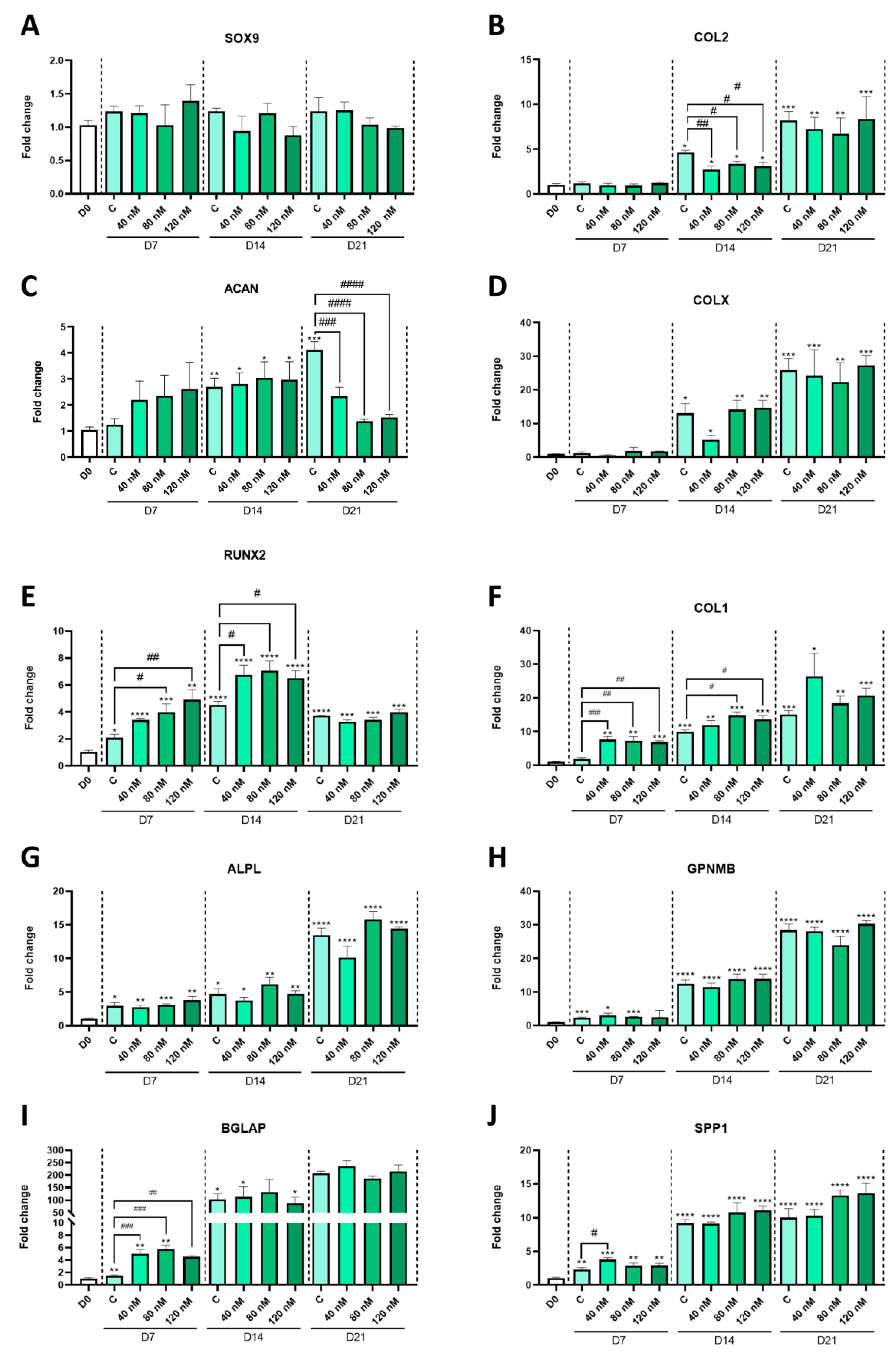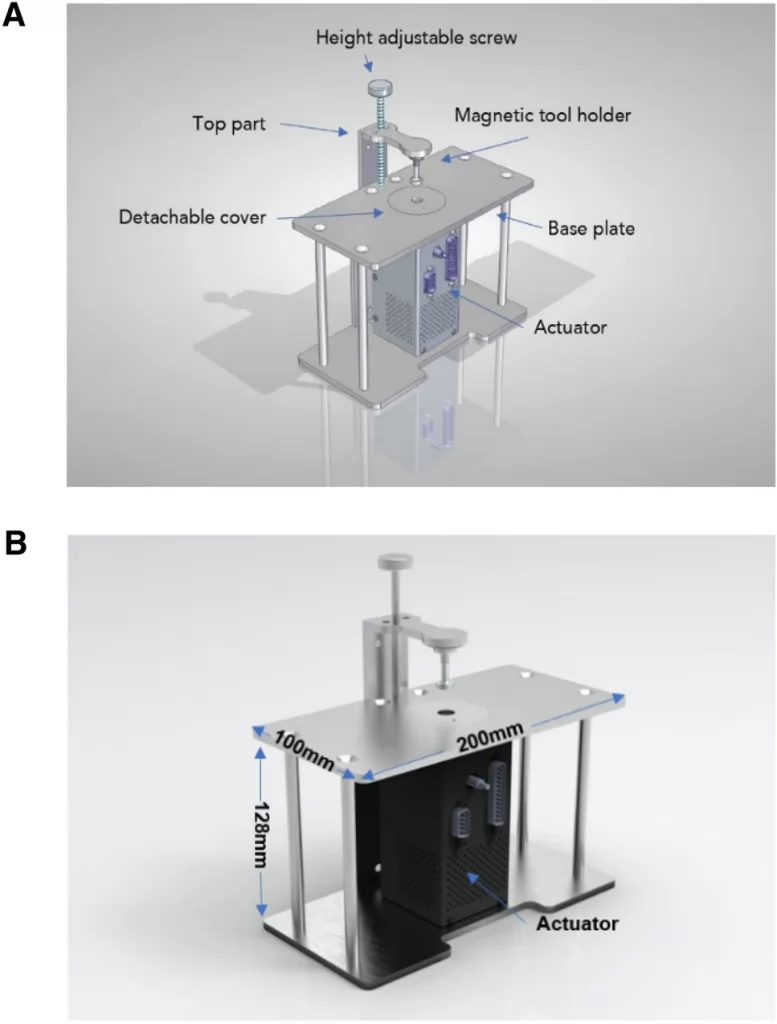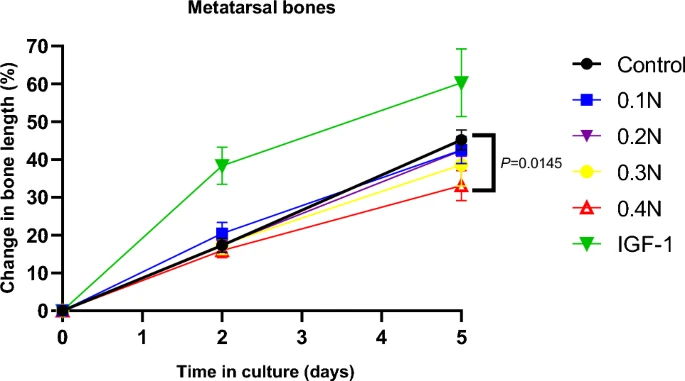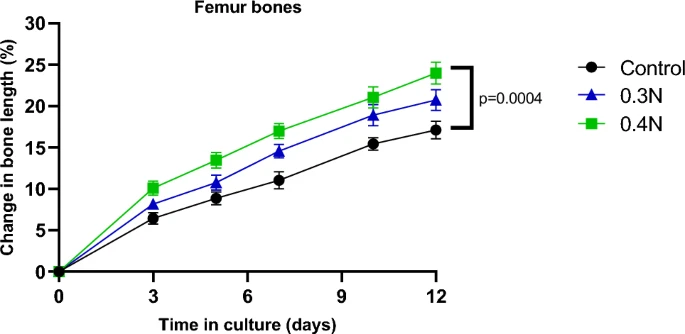There are studies that show that periosteal stripping may induce skeletal bone overgrowth pre-skeletal maturity. The below study shows evidence that fracture without periosteal damage may lead to skeletal overgrowth. Microfractures alter the fluid flow within the bone to that may be a mechanism by which microfractures can affect but that also means that it’s possible that fluid flow alone can lead to skeletal overgrowth. It’s important to note that we would need to study what exercises actually cause microfractures. There would need to be actual studies done otherwise it’s just speculation as to whether an exercise causes microfractures and don’t know if the microfractures are created to be sufficient stimulus.
Overgrowth of long bone in rabbits by growth stimulation through metaphyseal hole creation
“Overgrowth of long bones was noted in pediatric patients who underwent anterior cruciate ligament reconstruction. Hyperaemia[blood vessels having more blood than normal] during creating a metaphyseal hole and the microinstability made by the drill hole may induce overgrowth{This is interesting because we could create temporary instabilities in bones and joints via exercise!}. This study aimed to determine whether metaphyseal hole creation accelerates growth and increases bone length and compare the effects of growth stimulation between metaphyseal hole creation and periosteal resection. We selected 7- to 8-week-old male New Zealand white rabbits. Periosteal resection (N = 7) and metaphyseal hole creation (N = 7) were performed on the tibiae of skeletally immature rabbits. Seven additional sham controls were included as age-matched controls. In the metaphyseal hole group, the hole was made using a Steinman pin at the same level of periosteal resection, and the cancellous bone beneath the physis was removed by curettage. The vacant space in the metaphysis below the physis was filled with bone wax. Tibiae were collected 6 weeks after surgery. The operated tibia was longer in the metaphyseal hole group (10.43 ± 0.29 cm vs. 10.65 ± 0.35 cm){about 2%, so if this happened on every bone it would take a 69 inch individual to about 70 1/3}. Overgrowth was higher in the metaphyseal hole group (3.17 ± 1.16 mm) than in the sham group (− 0.17 ± 0.39 mm. The overgrowth in the metaphyseal hole group was comparable to that in the periosteal resection group (2.23 ± 1.52 mm, P = 0.287). In rabbits, metaphyseal hole creation and interposition with bone wax can stimulate long bone overgrowth, and the amount of overgrowth is similar to that seen in periosteal resection.”
“During ACL reconstruction, there was no circumferential periosteal damage; instead, the drill hole was made from the metaphysis to the epiphysis, and the hole was filled with a tendon graft. The overgrowth was also reported in children with proximal metaphyseal fracture as Cozen’s phenomenon, and the overgrowth after proximal cortical breakage without extensive periosteal damage”
“Increased metabolic activity at the physis or bony instability has been suggested to the other possible cause of the overgrowth”
“The cortical hole made by drilling at the metaphysis could increases metabolic activity at the physis through hyperaemia and the large cortical hole would be related to the bony instability. During ACL reconstruction, a cortical hole made at the metaphysis to the phyis and interposition of the vacant space with the tendon may promote hyperaemia and bony microinstability”
The questions is if there is any instances of growth promotion in skeletally mature individuals.

